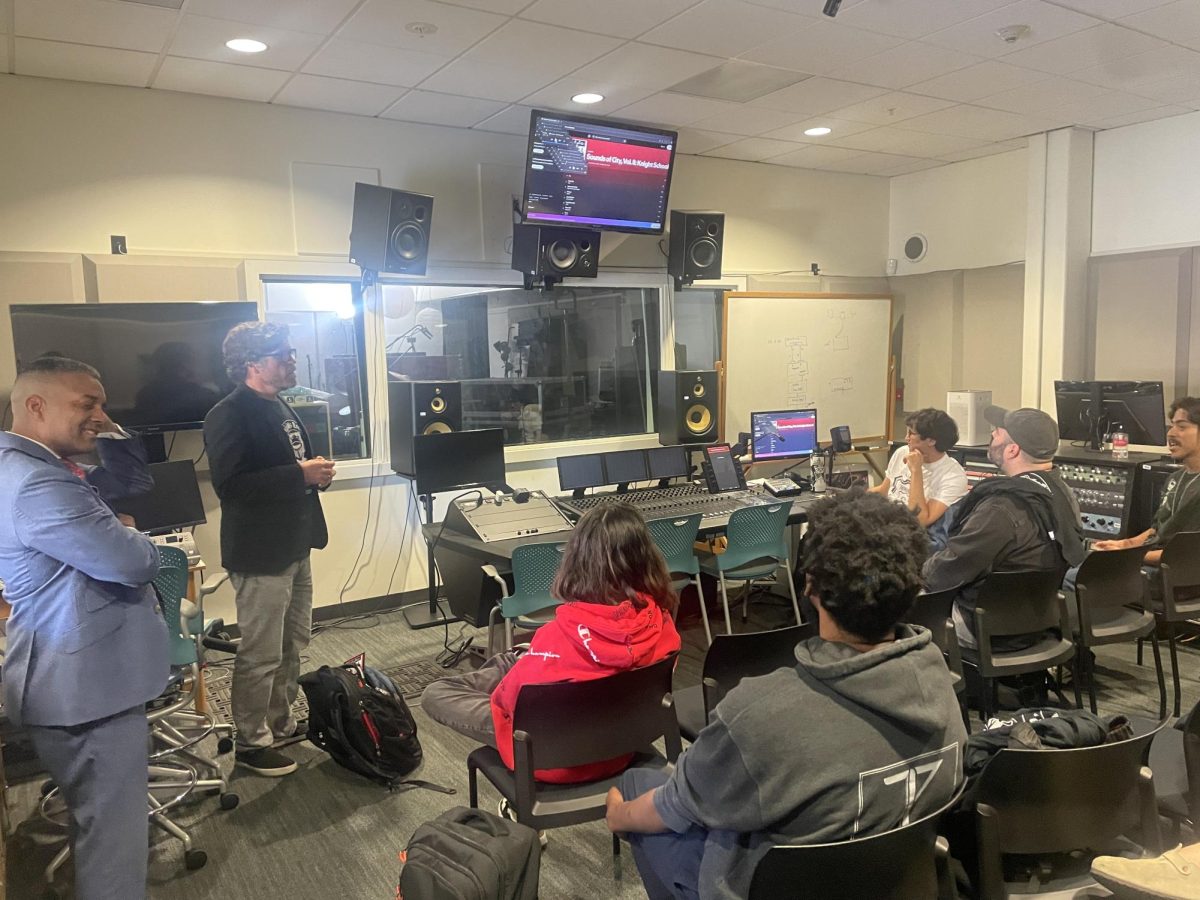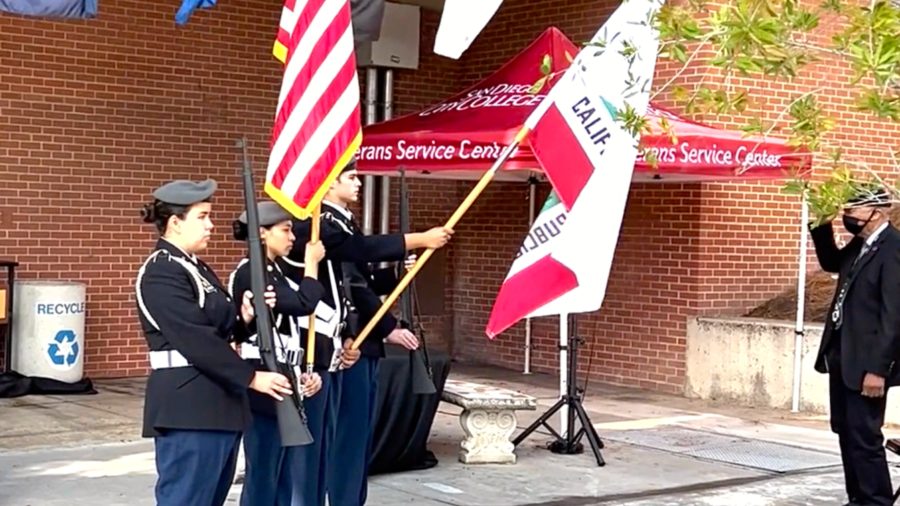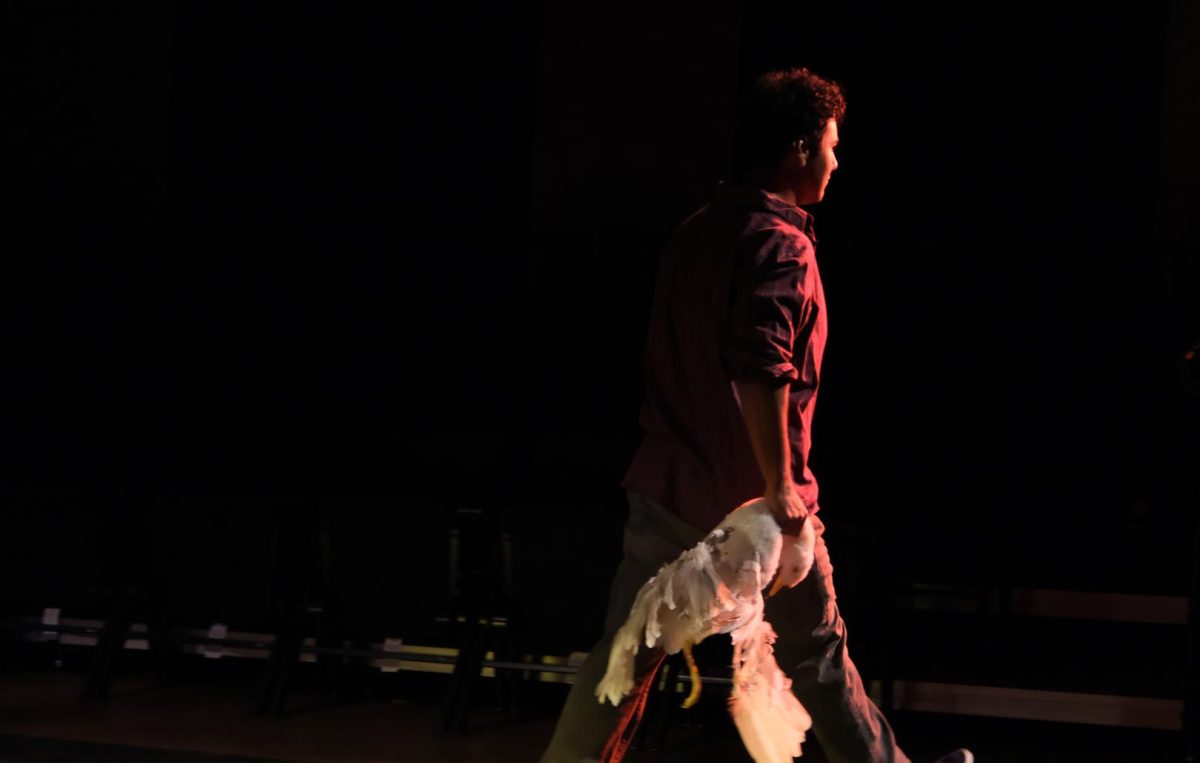Kathryn Stockett’s novel, “The Help”, was a surprise hit after being quietly released in February 2009.
In an Entertainment Weekly interview Stockett explained that “After (her) five years of writing and three and a half years of rejection, an agent named Susan Ramer took pity on (her)” and published the novel with Einhorn Books.
Getting the novel out there to the public was a struggle but “The Help” slowly became a New York Times best-seller that continuously had readers buzzing about its racial themes.
The film adaptation of “The Help” was released in August of this year, it was written and directed by Stockett’s childhood friend, Tate Taylor.
Did Taylor give justice to Stockett’s riveting novel? The depth of the novel, which tells a controversial story about black domestic servants working in white Southern households in 1960’s Jackson, Miss., is hard to portray in a two hour and seventeen minute movie.
While I adored the book, I thought the movie was just okay and not a must-see. The characters, which are so well-drawn in the book were reduced to mere stereotypes of Southern women in the movie— the innovator (Skeeter), the submissive maid (Aibileen), the brass maid (Minny), the uptight Southerner (Hilly), the dumb blonde (Celia) and so on.
The movie was subtle in the places it should have been boisterous and boisterous in the places where it should have been subtle. The complexity of the plot, relationships and the underlying element that – we are different in skin color but not as human beings – was lost. In addition to that, what bugged me the most was instead of a frank ending, the movie was sugarcoated.
Overall it was a light drama instead of a captivating work of realistic fiction. It was a prime example that one must read the novel before the film adaptation.
3 out of 5







